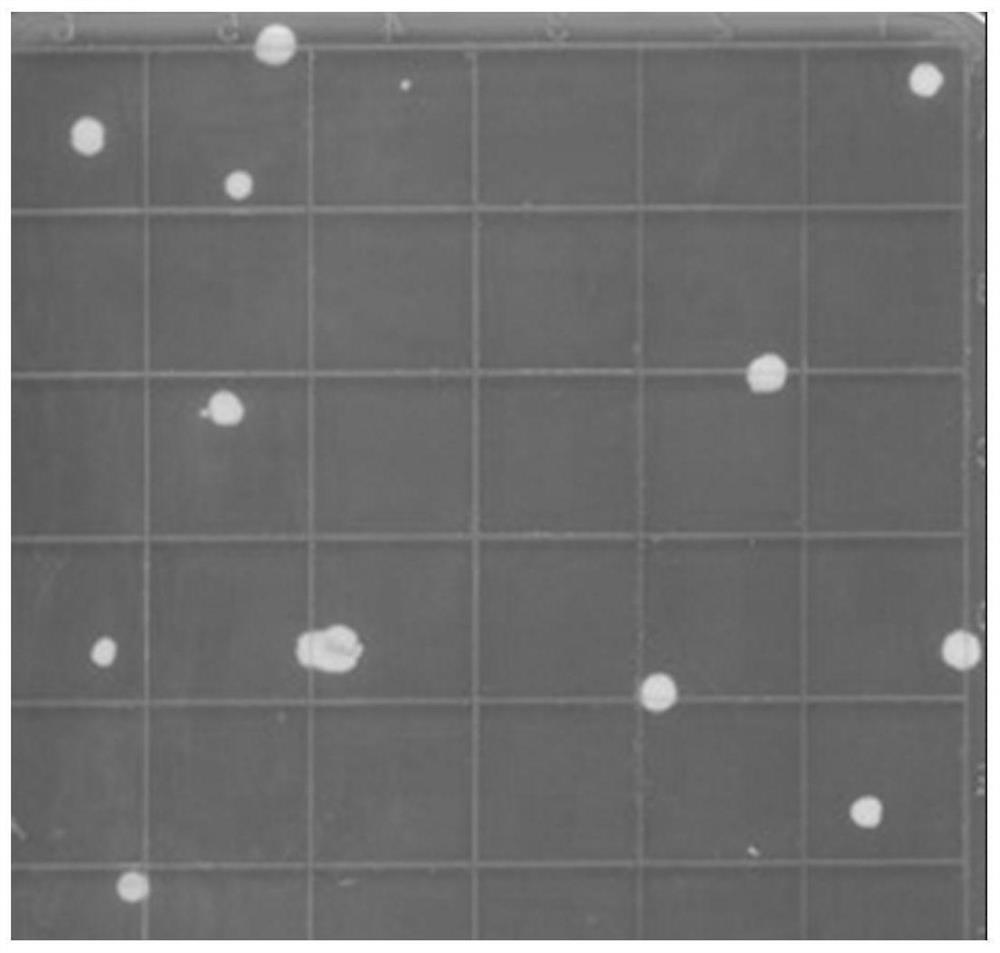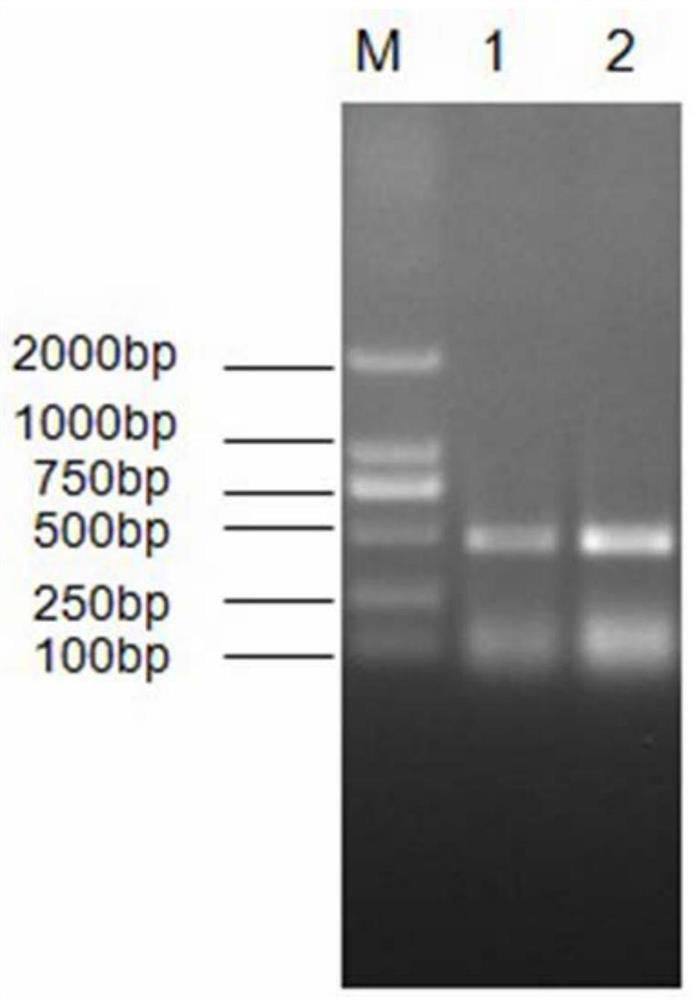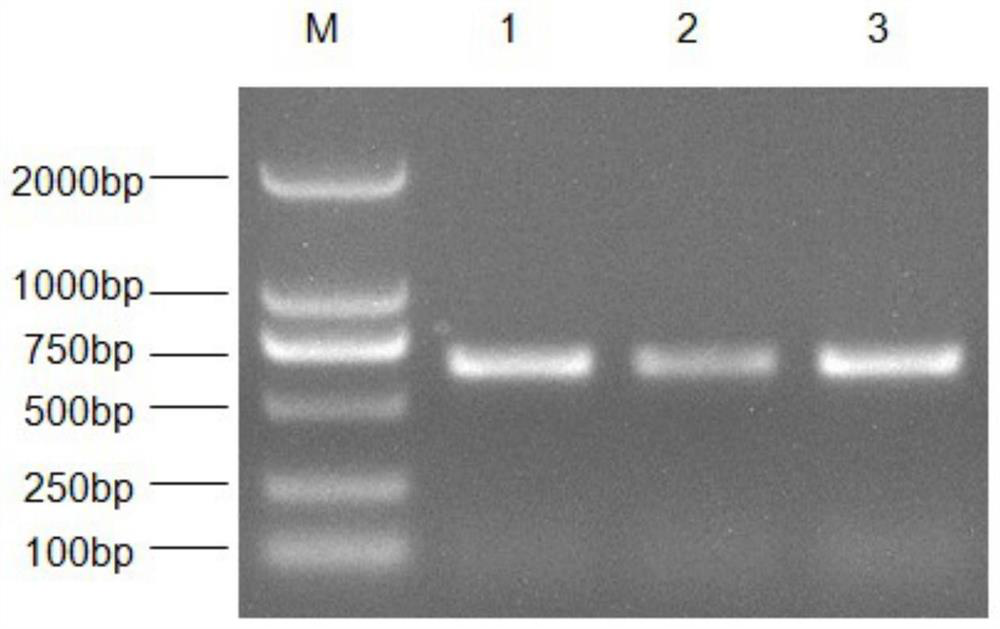A gene for improving cadmium resistance and cadmium content and its application
A cadmium resistance and content technology, applied in the field of genetic engineering, can solve the problems of translocation, detoxification, unclear response-related proteins, and reduced cadmium resistance, so as to improve cadmium resistance and cadmium ion content, increase seedling root length, The effect of increasing the content of cadmium ions
- Summary
- Abstract
- Description
- Claims
- Application Information
AI Technical Summary
Problems solved by technology
Method used
Image
Examples
Embodiment 1
[0030] Construction of cDNA library of cadmium hyperaccumulating mine type Sedum southeastus
[0031] (1) Using the screened cadmium hyperaccumulating mine type Southeast Sedum (collected from an ancient lead-zinc mining area in Quzhou City, Zhejiang Province, and then transplanted to our laboratory) hydroponic seedlings as materials, treated with 400 μM·L -1 Cadmium chloride (CdCl 2 ) After the stress treatment, the total RNA of Sedum sedum leaves under cadmium stress was extracted with a plant tissue total RNA extraction kit (Total RNA Purification Kit), and purified mRNA was obtained by oligo(dT)-fiber column filtration;
[0032] (2) Obtaining full-length cDNA
[0033] cDNA strand synthesis using SMART TM cDNA library construction kit completed;
[0034] Synthesis of the first strand of cDNA: using the purified mRNA obtained in the above step (1) as a template, SMART™ IVOligonucleotide (10 μM) (sequence shown in SEQ.ID.No.3: 5'-AAGCAGTGGTATCAACGCAGAGTGGCCATTACGGCCGGG-3'...
Embodiment 2
[0041] Screening and identification of cadmium-tolerant transformants
[0042] (1) Extract the mixed plasmids of the cadmium hyperaccumulation mine type Sedum sedum cDNA library obtained in Example 1, and electrically transform the cadmium-sensitive yeast mutant ( ycf1 ):
[0043] Use the plasmid DNA mini-extraction kit to extract the mixed plasmids of the cDNA library, and electro-transform the extracted mixed plasmids into ycf1 In the strain, the voltage used for electric transformation was 1.5V; the transformation product was plated to a concentration of 15 μM·L -1 CdCl 2 on the SG-U plate; invert at 28°C for 3 days, such as figure 1 It can be seen that the yeast colony is uniform in size and grows well.
[0044] (2) TA clone and sequence to obtain insert sequence information:
[0045] The yeast colonies obtained in step (1) in Example 2 were identified by PCR, separated by agarose gel electrophoresis and observed. SaCTP The gene target fragment band, the primers...
Embodiment 3
[0048] Yeast dot plate experimental verification SaCTP Genetic cadmium resistance
[0049] obtained by sequencing SaCTP The open reading frame (ORF) sequences of the genes were designed with primers NG3-F1 (as shown in SEQ.ID.No.10: atggcttccggcacgttctt) and NG3-R1 (as shown in SEQ.ID.No.11: tcaagcgacttgaattgtatc), from cDNA cloned from the library SaCTP gene coding sequence;
[0050] through Gateway technology SaCTP The gene was inserted into E. coli / yeast shuttle expression vector pYES2-DEST to obtain SaCTP Gene expression vector pYES2- SaCTP .
[0051] pYES2- SaCTP Yeast expression vector plasmid and pYES2-DEST empty vector plasmid were electroporated into cadmium-sensitive yeast mutants respectively ycf1 Among the strains, the obtained yeast transformants and empty vectors were streaked and cultured on SD-U plates for 3 days.
[0052] Pick a single colony, shake it and culture it to OD600 of 1.0 and dilute it 10-fold in sequence, and then dilute it in sequ...
PUM
 Login to View More
Login to View More Abstract
Description
Claims
Application Information
 Login to View More
Login to View More - R&D
- Intellectual Property
- Life Sciences
- Materials
- Tech Scout
- Unparalleled Data Quality
- Higher Quality Content
- 60% Fewer Hallucinations
Browse by: Latest US Patents, China's latest patents, Technical Efficacy Thesaurus, Application Domain, Technology Topic, Popular Technical Reports.
© 2025 PatSnap. All rights reserved.Legal|Privacy policy|Modern Slavery Act Transparency Statement|Sitemap|About US| Contact US: help@patsnap.com



